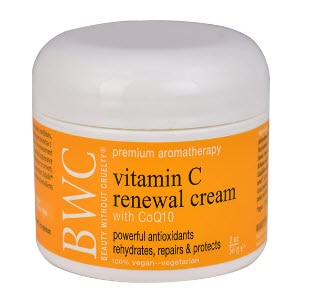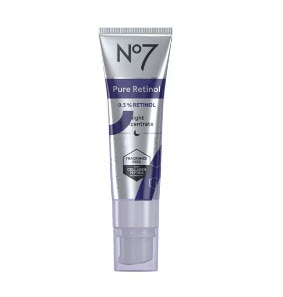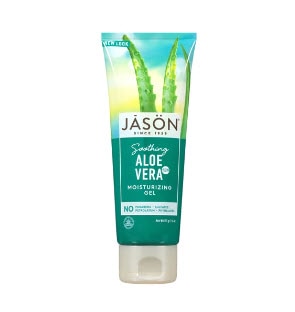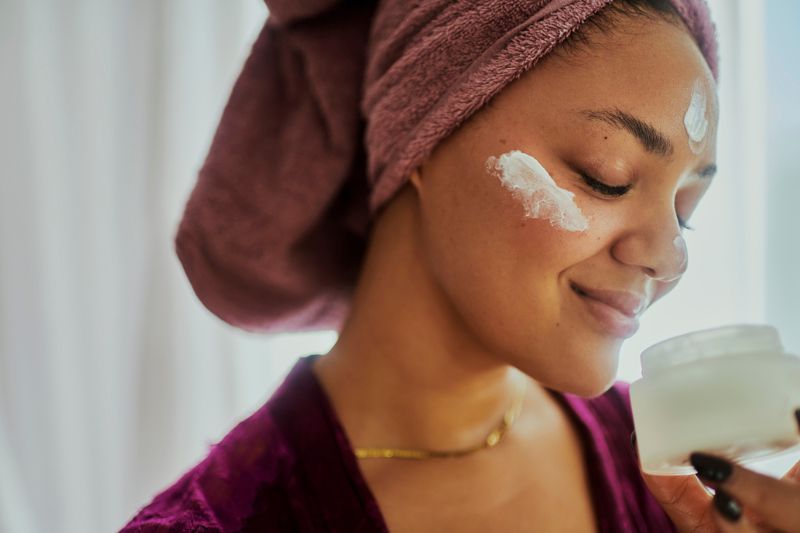Sunspots are a common side effect of sun exposure, but it may be concerning to see them pop up on your skin. What causes them, and how can you prevent them and minimize their appearance? Are they dangerous cancer warning signs or something you should radically accept as a normal part of the aging process?
Learning the facts empowers you to take action. Here’s what you need to know about sunspots on skin.
What are sunspots?
Sunspots occur from an overproduction of melanin, the pigment that makes you tan in the summer. These “age spots,” as people also call them, are hyperpigmentation that can occur on any skin regularly exposed to the sun, and you aren’t alone if you have them. More than 90% of fair-skinned people over 50 have at least one.
What causes sunspots?
Exposure to the sun’s ultraviolet rays speeds up the production of melanin. Melanin comes from special cells that determine your hair and skin color, and some have more than others, explaining differences in overall tone. However, years of spending time in the sun or tanning beds can cause select cells to overproduce, resulting in the signature dark spots.
Are sunspots and freckles the same thing?
Sunspots and freckles result from an overproduction of melanin in certain cells, and some forms are technically the same. Freckles come in two varieties:
- Ephelides: Typical freckles that darken and fade in response to sun exposure
- Solar lentigines: Sunspots, which do not fade
Whether you call them age spots, liver spots, sunspots or solar lentigines, dark spots that do not fade are signs of mild damage from overexposure to the sun.
Are sunspots signs of cancer?
Most sunspots are not cancerous. However, they are a warning sign that you’ve spent too much time in the sun, which increases your skin cancer risk.
Pay attention if your sunspots feel rough or appear pink or red. These can indicate solar keratoses, which increase your risk of squamous cell carcinoma, a type of skin cancer.
How to prevent sunspots
The best “cure” for sunspots is preventing them from appearing in the first place. The following four tips can keep your complexion smoother.
1. Wear sunscreen
Most dermatologists recommend an SPF of at least 30. You should wear sunscreen daily, reapplying it after every two hours in the sun or when swimming or exercising. Pay attention to your formulation, as chemical versions require approximately 20 minutes to take effect. Mineral sunscreens provide immediate coverage, although some people find they clog pores.
2. Cover up
Lightweight fabrics like cotton or linen may feel cooler and more comfortable than bare skin on hot days. Take a tip from folks who inhabit desert regions year-round and cover your arms, the back of your neck and legs with loose, flowy garments to shield them from the sun. Wear a hat and sunglasses to protect your face.
3. Modify your diet
Certain nutrients may reduce your risk of skin damage, including sunspots. For example, the omega-3 fatty acids in seafood protect against the sun’s UV rays, and what tastes better than a clambake on the beach?
Vitamins C and E appear in many sunscreen formulations, and these antioxidants may work equally well when taken internally. One recent study suggests that supplementing with them or following a diet high in these nutrients may protect against skin cancer and reduce symptoms of other skin conditions, such as rosacea, psoriasis and atopic dermatitis. They also lower other disease risks.
A diet to prevent sunspots may include the following foods:
- Fatty fish
- Seafood
- Chia and flax seeds
- Bell peppers
- Citrus fruits
- Nuts
- Leafy greens
- Avocados
4. Adjust your lifestyle
The sun’s UV rays are strongest between 10 a.m. and 4 p.m., so avoid going outdoors during these hours. If you must, snag a trick from folks in Phoenix, Arizona. Pop open that umbrella on a sunny day and use it to shield you as you run errands — think of it as a portable beach model.
Tips for minimizing the appearance of sunspots
While prevention is the best strategy, there are ways to treat sun damage. If you already have sunspots, try these tricks to minimize their appearance.
1. Professional treatments for sunspots
Your dermatologist or plastic surgeon can perform several procedures to minimize the appearance of sunspots. While they might not remove the dark patches entirely, they often fade them more dramatically than at-home treatments. Such treatments also incur the risk of side effects, so take advantage of a free consultation, if offered, before leaping.
- Laser skin treatments: A special light heats the skin to absorb pigment.
- Chemical peels: An acid destroys the top layer of skin cells, allowing new ones to flourish.
- Microdermabrasion: It removes the skin’s top layer.
- Tretinoin or Retin-A: They are available in stronger prescription formulas to encourage cellular turnover.
Your dermatologist can also evaluate problematic sunspots that raise cancer concerns. In general, a single patch of irregular skin is of more concern than widespread damage. However, you should do a skin self-exam every three months and watch for changes.
2. At-home treatment for sunspots
At-home treatments for sunspots often encourage cellular turnover as well. For example, retinol and retinoids appear in countless over-the-counter products. Vitamin C creams also work as mild exfoliants to bring new skin cells to the surface more quickly. Others you might try include PHAs like gluconolactone, lactobionic and maltobionic acid.
You can relieve sunburn and dryness with aloe vera. While it may not fully minimize sunspots, it can keep your skin moisturized.
Handling sunspots on skin
Remember, most sunspots aren’t dangerous. Many people develop discoloration on their skin from sun exposure, but these sunspots are usually not a sign of something serious.
While sunspots are mostly harmless, you may still want to treat them. To maintain an even skin tone, take proper precautions to avoid sun damage. If you do develop sunspots, consult a dermatologist and use moisturizing products at home to promote new cell growth.
Featured Products



The post Sunspots on Skin: Why They Happen, How to Prevent Them and Solutions for Minimizing Their Appearance first appeared on The Upside by Vitacost.com.


